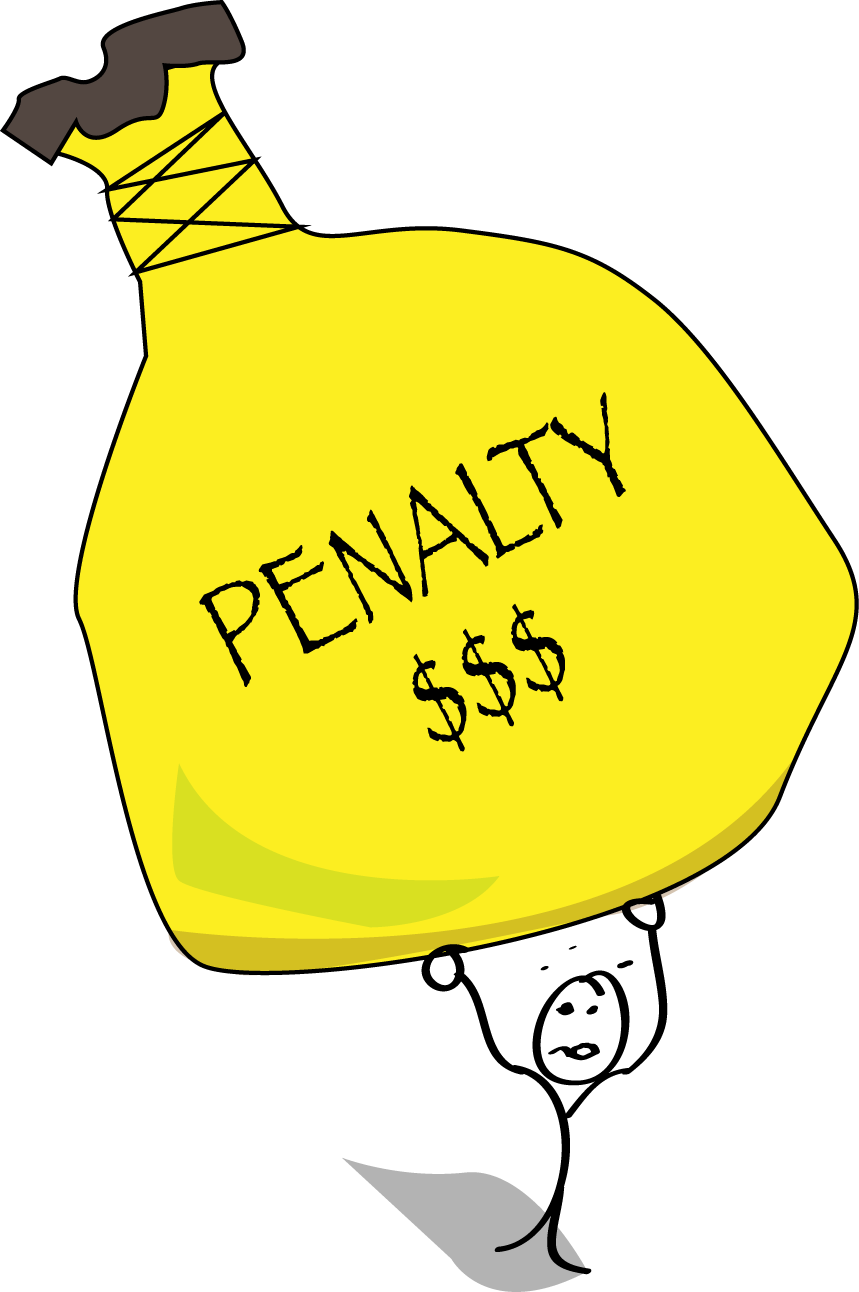
New regulations apply to self-managed super funds (SMSFs) from the 2012-2013 income year. They require trustees of SMSFs to: 
The obligation that you as a trustee of an SMSF are required to keep money and other assets of the fund separate from any money or assets held by you personally or by a standard employer-sponsor or an associated standard employer-sponsor is now a prescribed operating standard.
Trustees who fail to comply with the above requirements may be subject to penalties.
SMSF AUDITOR REGISTRATION REQUIREMENTS
From 1 July 2013 auditors will be required to be registered with (ASIC) to conduct SMSF audits. ASIC will accept applications online from 31 January 2013. Transitional arrangements for existing approved auditors will be available for those who apply with ASIC before 1 July 2013.
Auditors will need to meet a number of requirements set by ASIC to be registered as an approved SMSF auditor. These are:
WHAT THIS MEANS FOR SMSF TRUSTEES
From 1 July 2013, your SMSF auditor must be registered with ASIC and have a SMSF Auditor Number (SAN). You will be required to report the SAN on your SMSF annual returns for the 2012-2013 income year onwards. The SAN is a non-mandatory label in the 2011-2012 annual return.
The government is improving super to help protect and grow the savings of all Australians. As a business and an employer you play an important part in helping your employees save for their future. Changes commencing from 1 July 2013 include:
THE SUPER GUARANTEE CHARGE PERCENTAGE (%) 
|
Period |
Rate |
|
1 July 2003 – 30 June 2013 |
9.00% |
|
1 July 2013 – 30 June 2014 |
9.25% |
|
1 July 2014 – 30 June 2015 |
9.50% |
|
1 July 2015 – 30 June 2016 |
10.00% |
|
1 July 2016 – 30 June 2017 |
10.50% |
|
1 July 2017 – 30 June 2018 |
11.00% |
|
1 July 2018 – 30 June 2019 |
11.50% |
|
1 July 2019 – 30 June 2020 and onwards |
12.00% |
To give employees more information about their super, employers will also be required to report on employee payslips the amount of super contributions paid into their account and the date the contribution was made (subject to further consultation with industry).
You may need to update processes and systems to incorporate these changes.
Higher financial penalties will soon be in place for breaches of most Australian Government laws. Several of the penalties administered by the ATO are calculated using penalty units rather than dollar figures or percentages of shortfall amounts. On 28 December 2012 the value of a penalty unit will increase from $110 to $170. 
For taxpayers, the implications of this legislative change are:
The new penalty unit value will only apply to breaches that occur on or after 28 December 2012. This means that the changes will not impact on breaches that occur before 28 December 2012 or current proceedings for offences that were committed before this date.
The penalty unit value has not been adjusted since 1997. Under the new legislation, the value of the penalty unit will be reviewed every three years.
Three changes you might have missed to the simplified depreciation rules that apply to small businesses from the 2012-2013 income year:
1. INCREASE TO INSTANT ASSET WRITE-OFF THRESHOLD
You can now claim (write off) an outright deduction for most depreciating assets purchased that cost less than $6,500 each. This has increased from $1,000. 
Example:
Belinda buys a $5,500 camera and a $4,900 high resolution printer for her photography business. Both the camera and the printer are depreciating assets used entirely for business. As each cost less than $6,500, she can claim as a deduction $5,500 for the camera and $4,900 for the printer in the 2012-2013 income year.
2. ACCELERATED DEDUCTION FOR MOTOR VEHICLES
From 2012-2013 income year, if you buy a motor vehicle for use in your business, you can claim an immediate $5,000 deduction. The remainder of the cost is deducted through the general small business pool at 15% for the first year and 30% for later years. 
Example:
In the 2012-2013 income year Peter bought a $37,000 ute which was used 50% for business purposes. Louie calculates his depreciation deduction for the 2012-2013 income year this way:
$5,000 + 15% x ((50% x $37,000) - $5,000) = $7,025.
3. SIMPLIFIED POOLING
From 2012-2013, most depreciating assets that cost $6,500 or more (regardless of their effective life) can all be 'pooled' under the simplified depreciation rules and deducted at a single rate of 30%. The exception is newly acquired assets (like Peter’s ute) which are deducted at 15% (half the pool rate) for the first year.
If you had a long life pool (which no longer exists), its closing balance is rolled over to form part of the opening balance of the general pool for the 2012-2013 income year (to be depreciated at a rate of 30% instead of 5%).
Receive FREE information and advice on Accounting & Taxation every Quarter
Signup